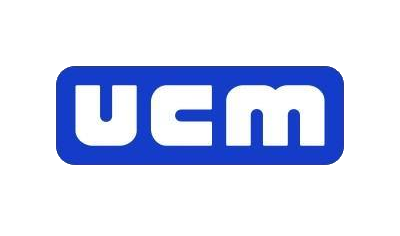What is meant by bankruptcy?
Bankruptcy proceedings may be initiated when there is no longer any hope of saving a company.
Bankruptcy is a legal procedure that applies to a business enterprise (natural or legal person) that is no longer able to meet its financial obligations. In other words, the reason for bankruptcy is "financial insolvency". It results in the liquidation (in other words, the sale) of the company's assets.
What are the conditions?
A person will be declared bankrupt if, at the time of filing for bankruptcy:
- they are a "trader" (entrepreneur or corporation);
- they have "persistently stopped payments" and their "credit is impaired". These two conditions, cessation of payment and impaired credit, must be met simultaneously to be declared bankrupt.
Cessation of payment can be:
- the breaking of a credit to the bank
- the lack of repayment of its matured short-term debts
- the non-payment of more than one quarter of VAT, NSSO, social security contributions or withholding tax
- the late payment of net wages, bonuses, etc.
The impairment of credit is understood in the sense of "breach of trust".
Bankruptcy proceedings
a. THE DECLARATION OF BANKRUPTCY
To initiate the procedure, (i) the conditions must be met (see point 2) and (ii) the bankruptcy must be declared to the companies court.
Bankruptcy can be filed with the companies court in several ways:
- declaration by the bankrupt person themselves ("bankruptcy petition")
- summons by one or more creditors
- summons by the Public Prosecutor's Office
- summons by the provisional administrator
- summons by the liquidator in the main proceedings (if the company is established in several countries)
b. WHAT IS THE PROCEDURE?
After the declaration of bankruptcy and provided that the conditions for bankruptcy have been met, the company's court declares bankruptcy.
From that time, the entrepreneur loses the management of the company's assets to the liquidator appointed by the court. The liquidator is a legal agent who acts as a representative of the creditors and the bankrupt party.
In practical terms, the liquidator has three tasks:
- they list the company's debts.
To do so, they send a letter to all the company's creditors inviting them to file a claim. This includes all persons to whom the company owes money, such as friends who have lent money, unpaid employees, etc. In general, they have 30 days to file the claim. - they sell the company's assets.
- they distribute the funds among the various creditors (in the order determined by the liens - see under point 4.a).
c. I WANT TO DECLARE MYSELF BANKRUPT : WHAT DOCUMENTS DO I NEED?
The entrepreneur must file a declaration of bankruptcy (sample document on the beci website) with the clerk of the competent companies court within one month of the cessation of payments. To do this, the document must be uploaded to the RegSol platform.
What effect does bankruptcy have?
a. WHAT HAPPENS TO THE COMPANY'S DEBTS?
In principle, all creditors are on an equal footing and are therefore reimbursed the same percentage of their debt in accordance with what is left in the company (for example, everyone is reimbursed 20% of their debt).
In practice, this is never the case! Creditors are paid in a specific order. Certain creditors have an advantage (i) either because the law has granted them a privilege (employees, State, etc.) or (ii) because it is indicated as such in the contract granting the loan.
It is common for the priority creditors to be the employees and the State (i.e. the NSSO, VAT, personal income tax, etc.) and then the banks. The latter will secure the risk they take as much as possible by ensuring they have a beneficial place in the repayment order of the creditors.
b. BANKRUPTCY OF AN INDIVIDUAL
For a business operated by a natural person, meaning that no company has been incorporated, this person is entirely responsible for the payment of their business debts out of their own funds.
If the business is declared bankrupt, no distinction is made between the claims and assets of the business and the personal capital or property of the operator. In the event of a one-person business, the business owner goes bankrupt along with their business.
c. BANKRUPTCY OF A COMPANY
In the event of a company, the situation is a little more complicated and the consequences for the partners can be quite different. There are forms of companies that offer no protection for the personal assets of the partners, while others do.
If the partnership does not provide protection, the liquidator can still use the partners' personal assets and income to pay the partnership's claims. If this is not the case, in principle the partners risk losing only the capital they have invested in the company. However, there are exceptions (e.g. when the entrepreneur personally guarantees a loan granted to their company).
Bankruptcy insurance
Also keep in mind that in some cases, you may be eligible for bankruptcy insurance.
With the exception of bankrupt self-employed persons and collective debt settlement, this social insurance also covers:
- business owners, directors and active partners in a bankrupt business corporation
- non-traders who can no longer afford their debts (such as farmers, liberal professionals, etc.)
In practical terms, this "bankruptcy insurance" offers protection under certain conditions:
- a monthly allowance for a maximum period of 12 months
- the preservation of your rights to family benefits and health care for a maximum period of 12 months
You can only use it once in your career. You can apply through your social security fund.
Who can help me ?





